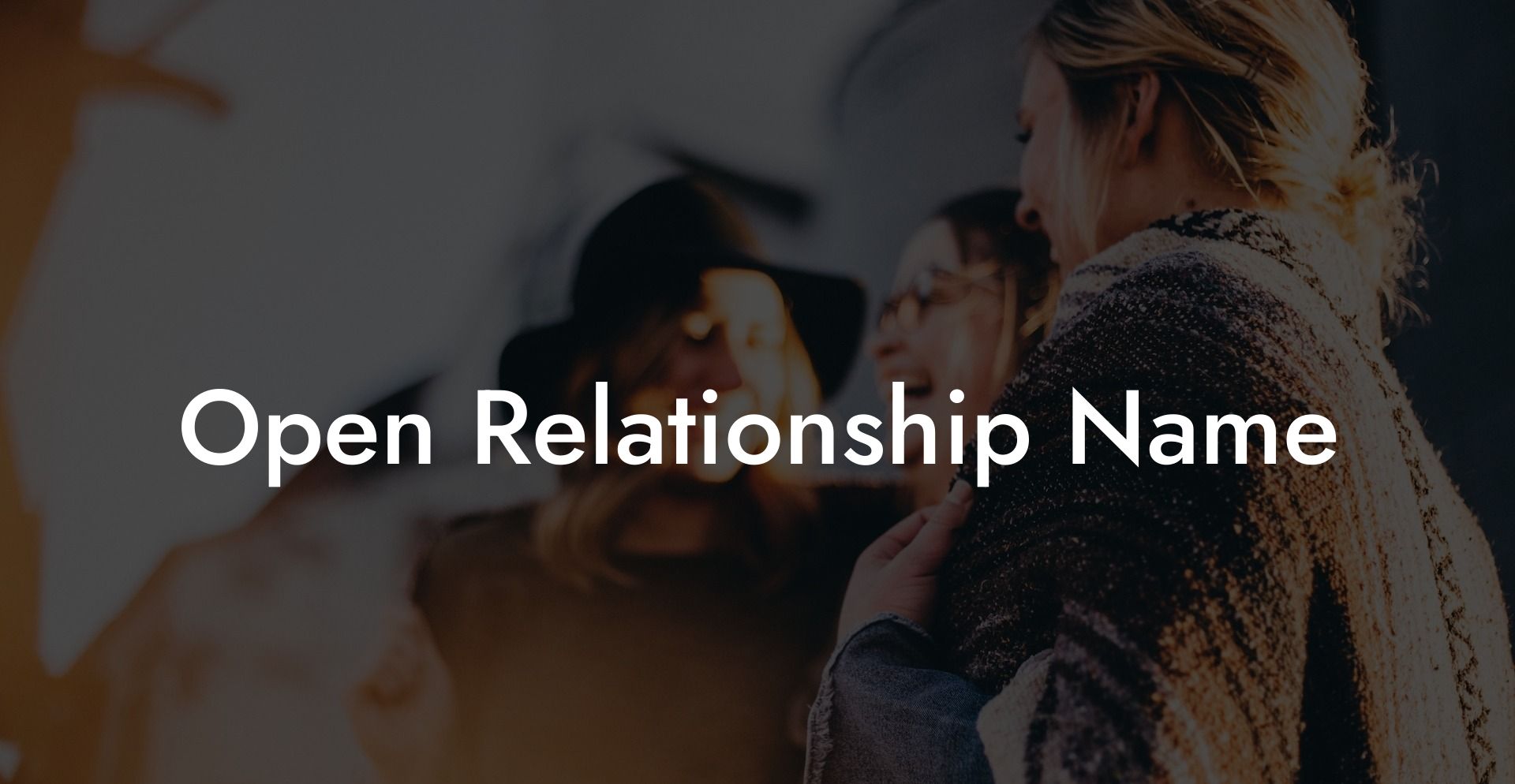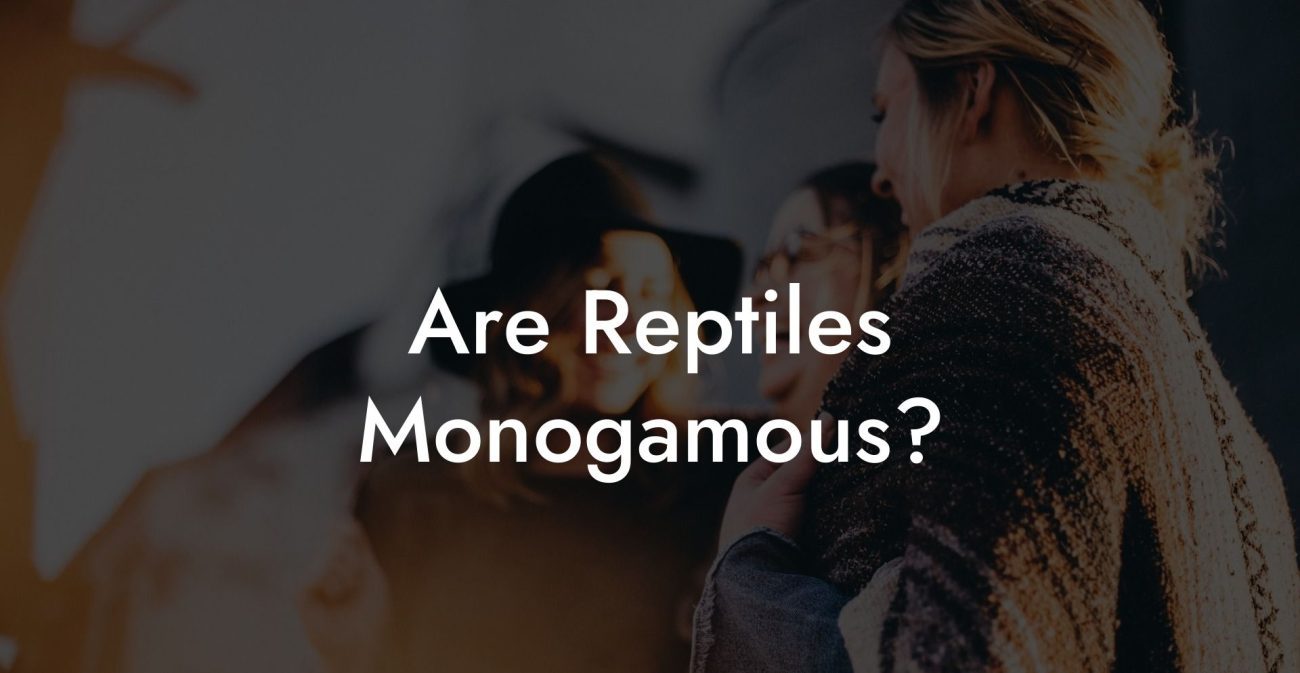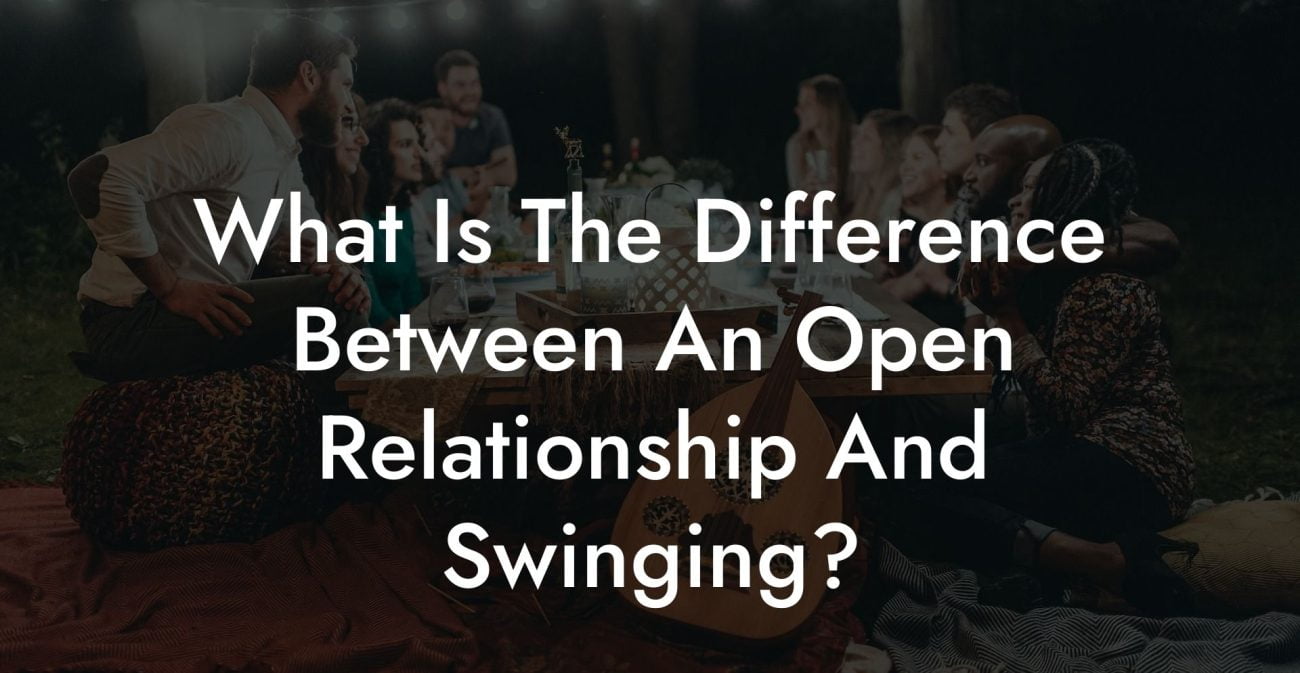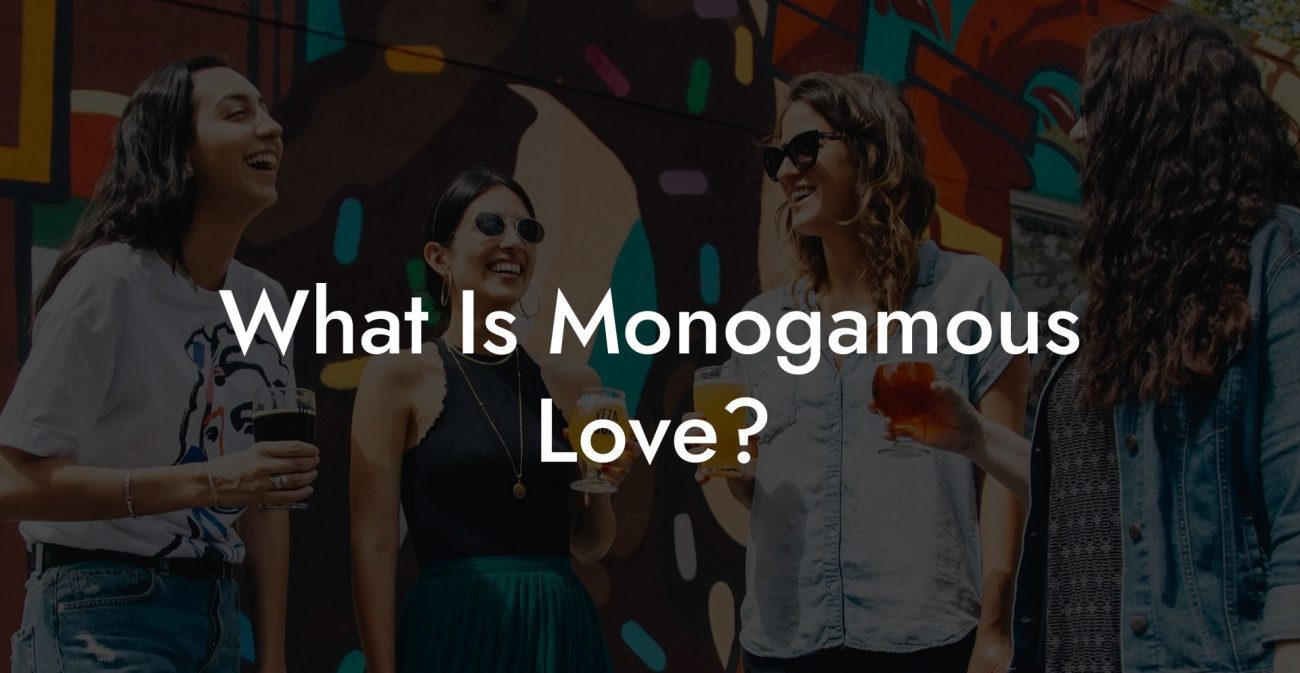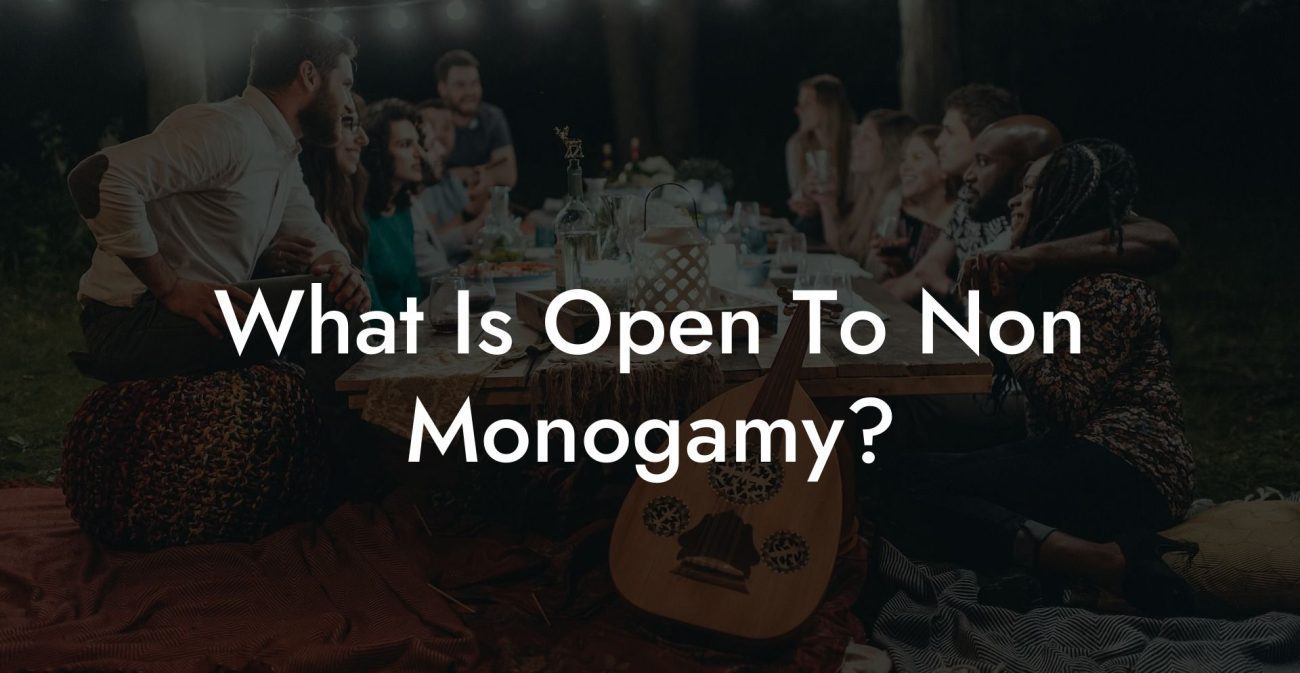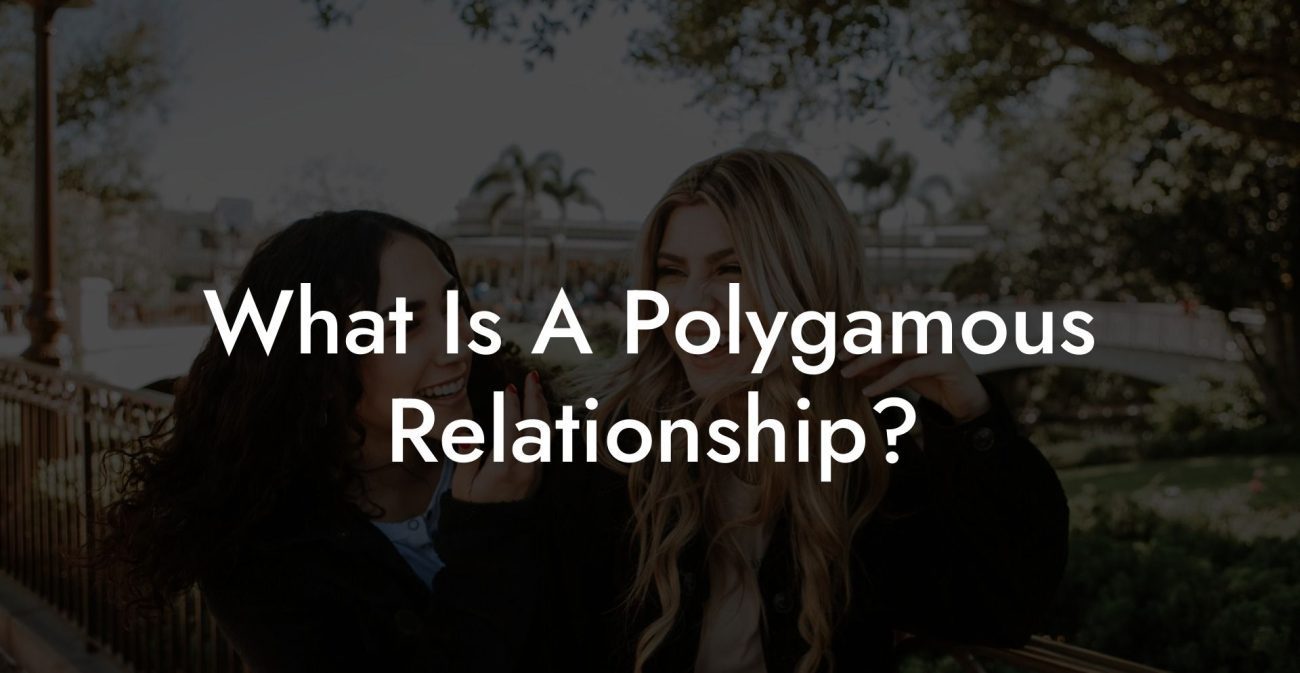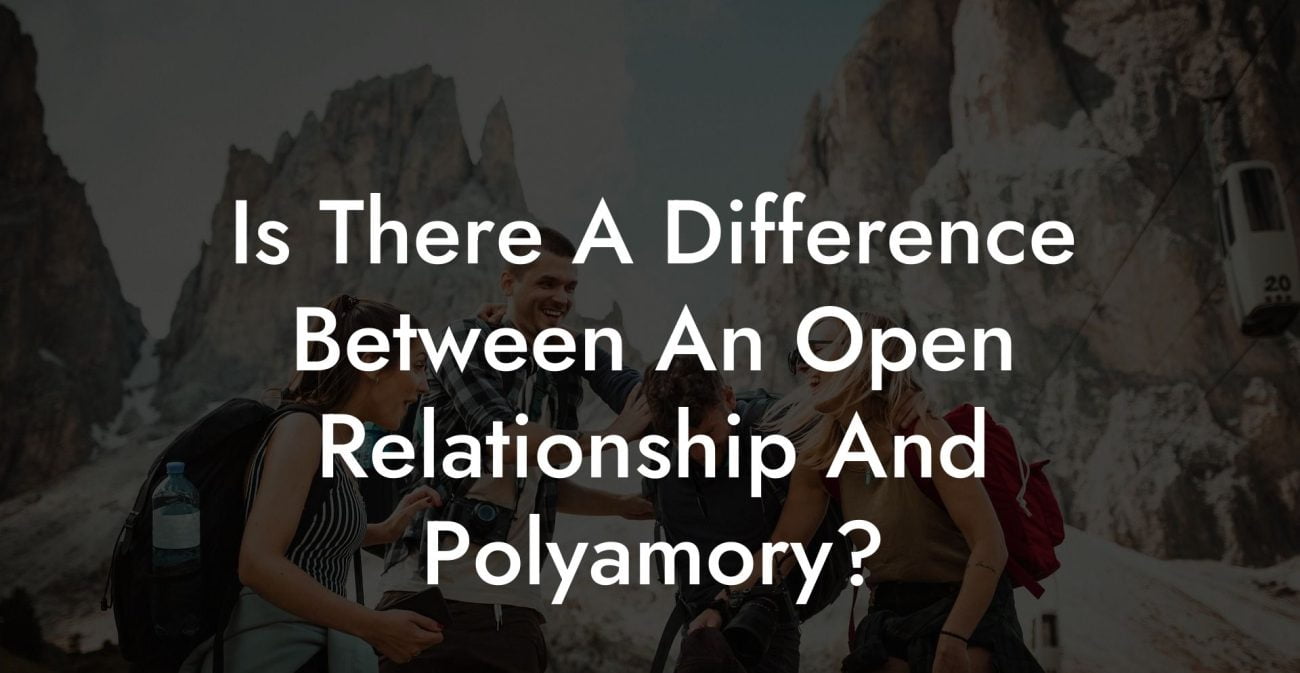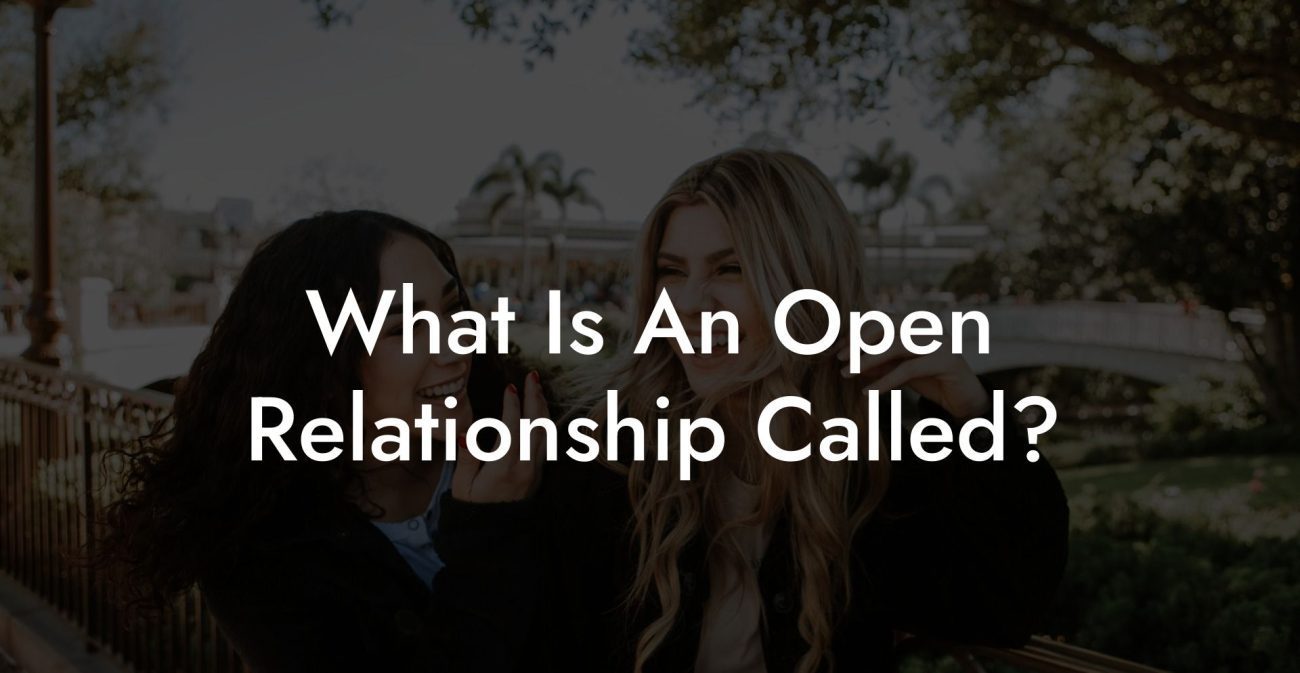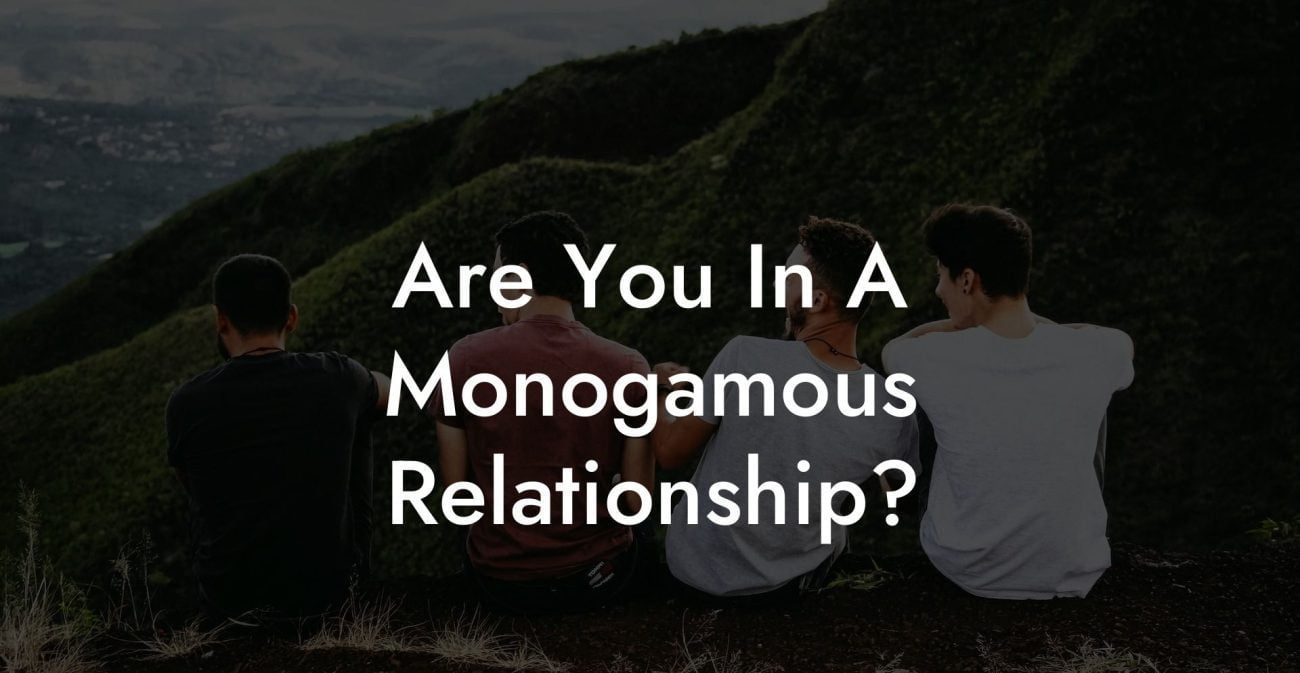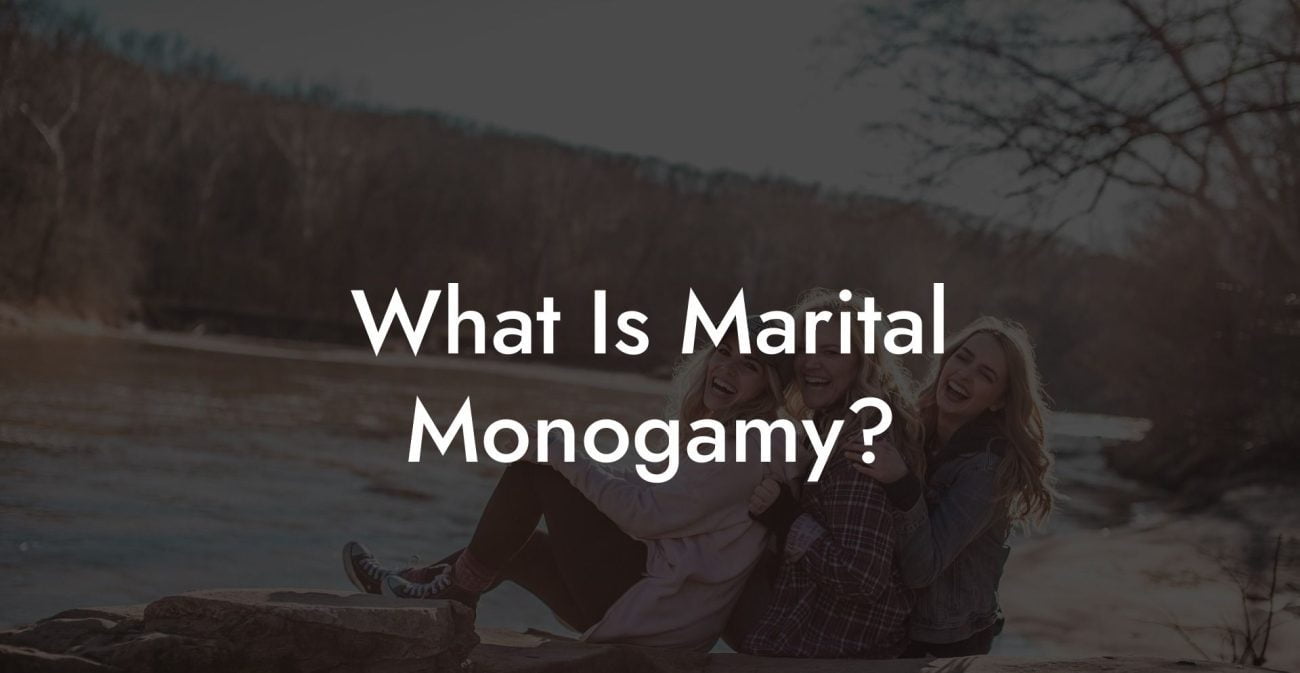Imagine a relationship where you've agreed to explore love, passion, and connection with multiple people. This is the essence of an open relationship. But how do you navigate the complexities and challenges of this non-traditional love life? This guide will help you understand, define and embark on your open relationship journey, complete with a real-life example to paint the picture.
Open Relationship Name Table of Contents
Understanding Open Relationships
Understanding Open Relationships
Open relationships, also sometimes referred to as non-monogamous relationships, are partnerships in which individuals agree to engage in intimate connections with multiple people. This can take many forms, including:
- Swinging: This practice involves established couples engaging in recreational sex with other couples or singles.
- Polyamory: A love style where individuals can have more than one emotionally and sexually intimate relationship at a time.
- Monogamish: A term coined by sex columnist Dan Savage, describing relationships that are mostly monogamous but with certain allowances for outside sexual encounters.
Benefits of Open Relationships
Entering an open relationship can offer many benefits, including:
- More Authentic Relationships: Open relationships foster honest communication and trust among partners, creating a more authentic connection.
- Greater Emotional Support: By having multiple partners, individuals may have a wider support network to lean on during difficult times.
- Increased Sexual Satisfaction: A non-monogamous arrangement may allow partners to explore different sexual desires and fantasies, leading to a more fulfilling sex life.
- Personal Growth: Being in an open relationship may encourage personal development as individuals learn to navigate complex emotions, communication, and boundaries.
Challenges of Open Relationships
Like any relationship style, open relationships also come with their own set of challenges, such as:
- Jealousy: Inevitably, seeing your partner connect with others may trigger feelings of jealousy and insecurity.
- Time Management: Maintaining multiple partnerships can be time-consuming and may strain existing relationships if not managed well.
- Stigma and Misunderstandings: Open relationships are still largely misunderstood in society, meaning partners may face judgment and criticism from friends and family.
- Navigating Emotions: Partners may experience a rollercoaster of emotions, requiring strong communication skills and emotional intelligence to navigate successfully.
Creating Your Open Relationship Agreement
A key component of a successful open relationship is having clear agreements and boundaries in place. To create your agreement:
- Communicate openly and honestly with your partner about your desires, fears, and expectations.
- Create agreements that outline boundaries, sexual health practices, and communication expectations, taking into account each partner's needs and preferences.
- Revise and renegotiate your agreement periodically, as relationships and circumstances change or evolve.
Open Relationship Name Example:
Meet Ava and Max. They are in a committed relationship but have agreed to explore polyamory, allowing them to form deep, intimate connections with other people. They have set clear boundaries and follow a set of agreements they've created together, such as always using protection during sexual encounters, checking in emotionally with each other regularly, and prioritising their primary partnership.
Ava begins to date and develop a connection with someone new on the scene, named Leo. Max experiences jealousy, fear, and insecurity, but discusses these feelings openly with Ava, providing opportunities for growth and connection in their relationship. They continue to communicate openly, review their agreements, and ensure they prioritize their primary relationship, keeping the foundation strong as Ava navigates her newfound polyamorous connection with Leo.
Embracing an open relationship can be a fascinating and rewarding experience for many people. As with any relationship style, it poses its unique challenges and benefits. Open communication, trust, and self-awareness are critical to navigating this journey successfully. If you enjoyed reading our guide on open relationships and found it helpful, we encourage you to share this article, explore others on The Monogamy Experiment, and expand your knowledge and understanding of non-monogamous love.

